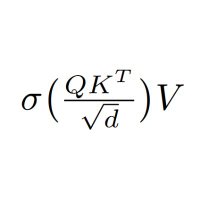
Arindam
@halg0rithmist
22
Aspiring theoretician
Interested in decision making algorithms
ID: 1875940172774387713
05-01-2025 16:19:49
45 Tweet
27 Followers
1,1K Following



Nathan Lambert I know you all uploaded GGUFs, but also just uploaded other GGUF formats + dynamic 4bit bitsandbytes and general 4bit BnB versions! Dynamic 4bit BnB: huggingface.co/unsloth/OLMo-2… 4bit BnB: huggingface.co/unsloth/OLMo-2… GGUFs: huggingface.co/unsloth/OLMo-2… Fantastic true open source model!







Wrapped up Stanford CS336 (Language Models from Scratch), taught with an amazing team Tatsunori Hashimoto Marcel Rød Neil Band Rohith Kuditipudi. Researchers are becoming detached from the technical details of how LMs work. In CS336, we try to fix that by having students build everything:




This is the syllabus of the course Geoffrey Hinton and I taught in 1998 at the Gatsby Unit (just after it was founded). Notice anything?











